Introduction
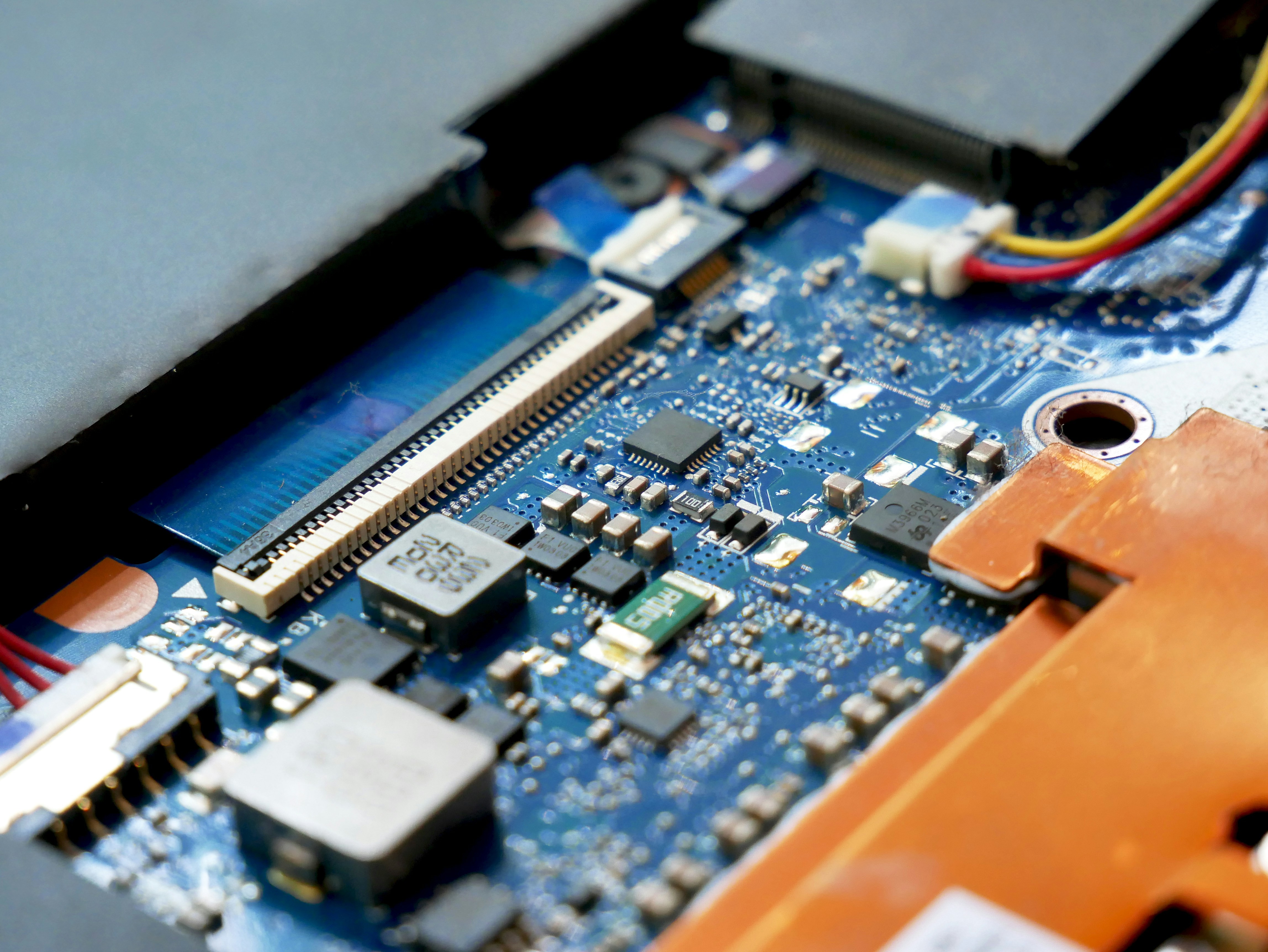
In the ever-evolving landscape of electronics, SMT mounting has emerged as a game-changer for printed circuit assembly. This innovative technique not only enhances the manufacturing process but also optimizes space on circuit boards, making it a go-to choice for PCB assembly. As we delve into the world of SMT and its benefits, you'll discover why it stands out in the realm of circuit board assembly.
Discovering SMT Mounting's Edge
SMT mounting offers a distinct edge over traditional methods by allowing for greater efficiency and precision in printed circuit board assy. The ability to place components directly onto the surface of a circuit board enables manufacturers to achieve higher production speeds and improved quality control. With these advantages, it's no wonder that SMT has become synonymous with modern PCB board assembly.
What is SMT in Electronics?
Surface Mount Technology (SMT) refers to a method where electronic components are mounted directly onto the surface of printed circuit boards (PCBs). Unlike through-hole technology, which requires components to be inserted into drilled holes, SMT allows for a more compact design and higher component density on PCBs. This technology is critical in today’s electronics industry as it supports smaller devices without compromising performance.
Why Choose SMT for PCB Assembly?
Choosing SMT for PCB assembly can significantly impact both production efficiency and product reliability. The streamlined processes associated with smt mounting not only reduce manufacturing time but also enhance overall product performance through improved soldering quality. Additionally, companies like Bensun Technology leverage this technology to provide tailored solutions that meet diverse electronic needs—making them an ideal partner in your printed circuit board assembly journey.
Enhanced Efficiency in Manufacturing
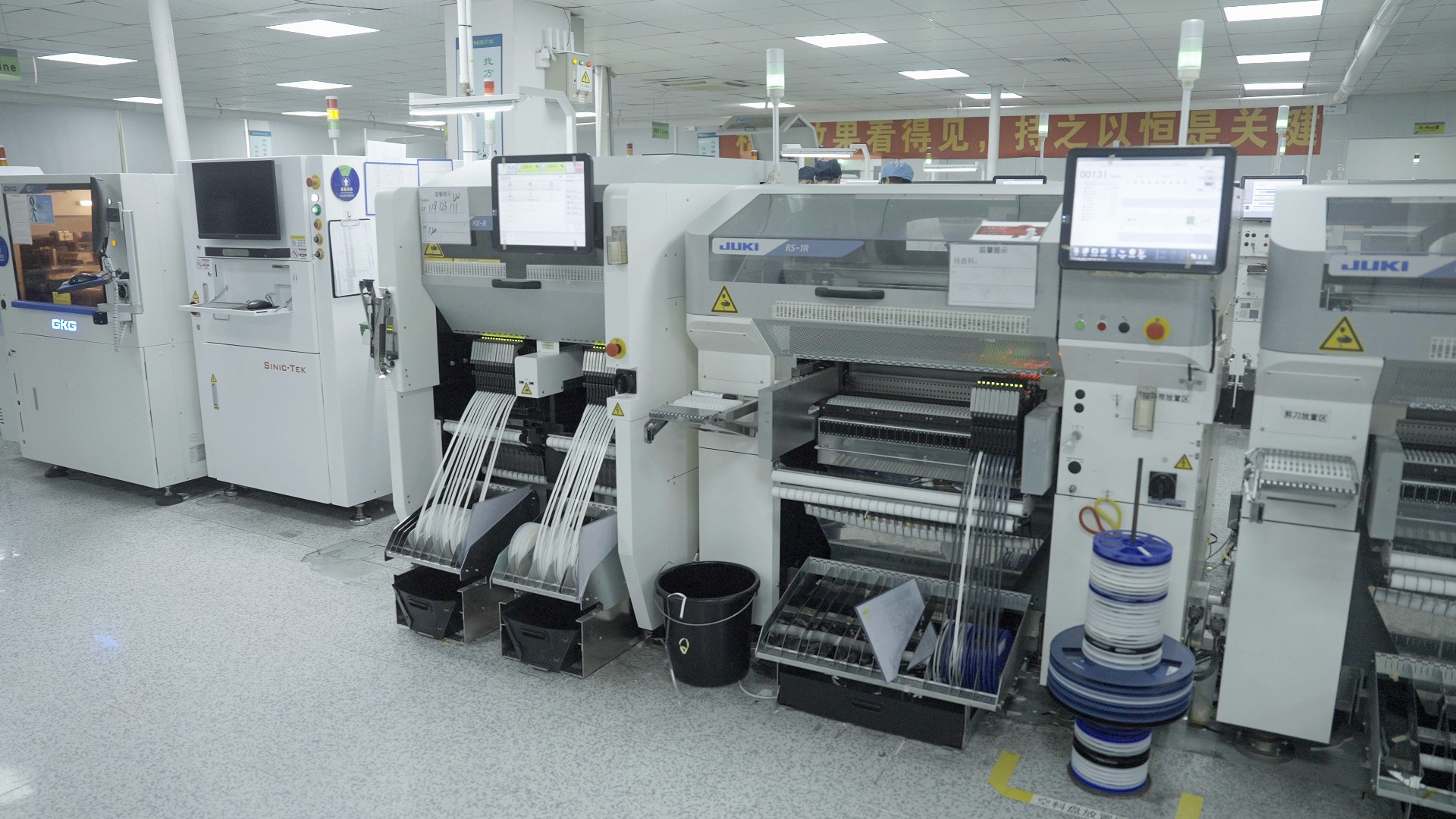
In the fast-paced world of electronics, efficiency is paramount. SMT mounting shines brightly in this arena, significantly enhancing manufacturing processes for printed circuit assembly. By adopting SMT technology, manufacturers can achieve remarkable improvements in productivity and output quality.
Speed of SMT Mounting
One of the standout features of SMT mounting is its speed. Unlike traditional through-hole techniques, which require more manual labor and time-consuming processes, SMT allows components to be placed directly onto the surface of circuit boards with incredible precision. This rapid placement not only accelerates the production rate but also enables manufacturers to keep up with the increasing demand for faster turnaround times in PCB assembly.
Moreover, the quick setup times associated with SMT equipment mean that production lines can shift gears swiftly between different projects or product designs without significant downtime. This flexibility ensures that printed circuit board assembly remains agile and responsive to market needs. Ultimately, speed translates into a competitive edge for companies that embrace SMT technology.
Streamlined Production Processes
SMT mounting contributes to streamlined production processes by minimizing handling and maximizing automation throughout PCB board assembly workflows. Automated pick-and-place machines efficiently position components on circuit boards, reducing human error and ensuring consistent quality across batches. This level of automation not only enhances accuracy but also frees up skilled workers to focus on more complex tasks requiring human ingenuity.
Additionally, integrating automated inspection systems within the production line allows for real-time quality control during printed circuit board assy processes. These systems swiftly identify defects or misalignments before they escalate into costly errors down the line. Consequently, manufacturers can enjoy a smoother operation overall while maintaining high standards in their circuit board assembly efforts.
Reduced Time to Market
With enhanced efficiency comes a significant reduction in time to market—a crucial factor for businesses looking to stay ahead of competitors in today’s fast-evolving electronics landscape. By leveraging SMT mounting techniques and streamlined production processes, companies can bring their products from concept to reality much quicker than ever before. This agility not only satisfies customer demands but also opens doors for innovation and new product development.
Furthermore, shorter lead times mean that businesses can respond promptly to changing trends or unforeseen challenges without sacrificing quality or performance in their PCB assembly operations. The ability to adapt quickly is invaluable as it allows organizations to seize opportunities when they arise while ensuring their printed circuit assembly remains relevant and cutting-edge. Embracing SMT technology positions companies favorably for future growth and success.
Space Optimization on Circuit Boards
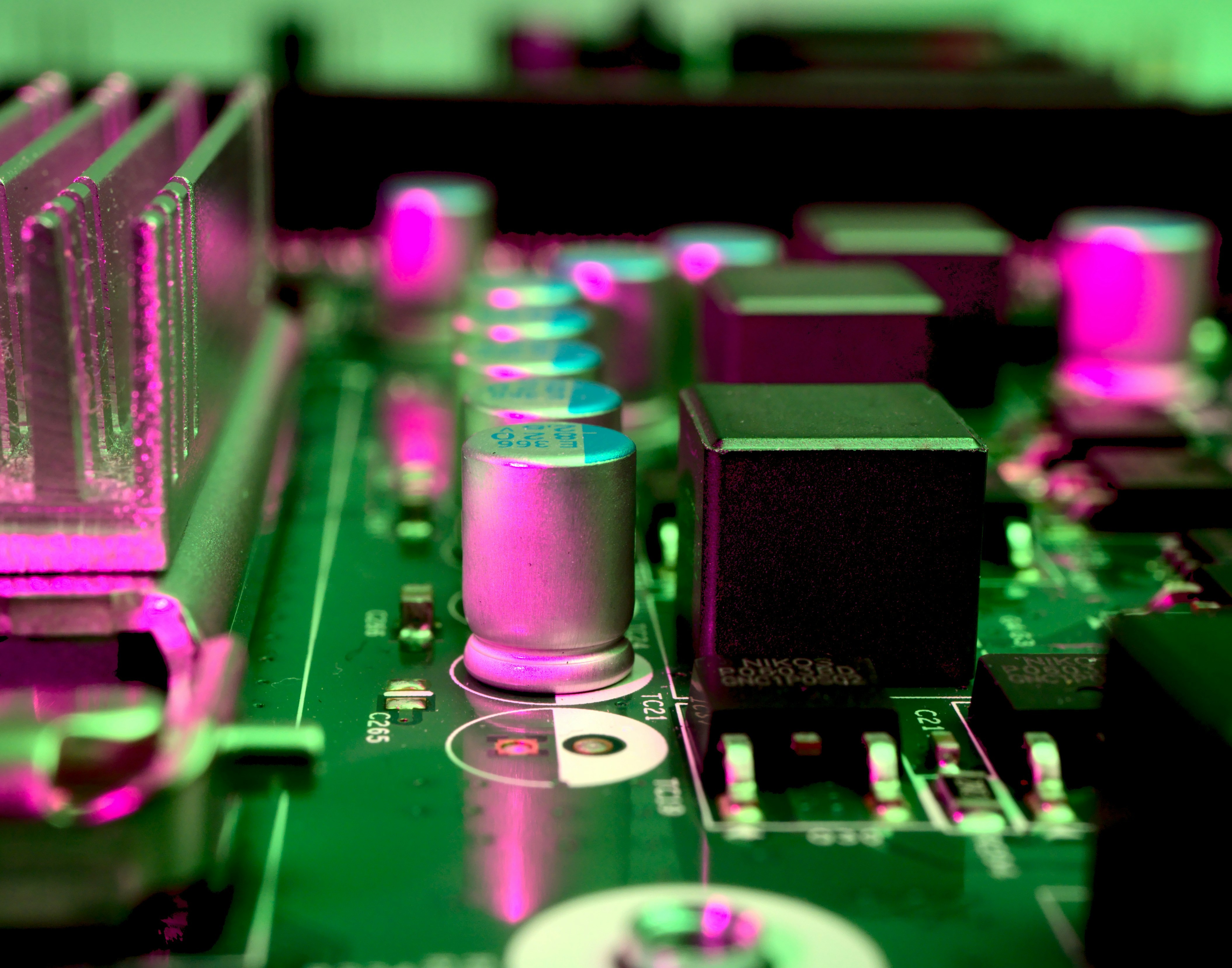
In the world of electronics, space is often at a premium, and optimizing the layout of circuit boards can make all the difference. SMT mounting technology enables manufacturers to create more compact designs, thereby maximizing efficiency and performance. This section delves into how SMT contributes to space optimization in printed circuit assembly.
Compact Design Advantages
The compact design advantages offered by SMT mounting are hard to ignore. By utilizing smaller components that can be placed closer together on the circuit board, manufacturers can achieve a denser layout without compromising functionality. This not only enhances the aesthetic appeal of printed circuit boards but also allows for more features to be integrated into a smaller footprint.
Moreover, this compactness leads to simplified routing of traces within the PCB assembly, which can improve signal integrity and reduce interference. As devices become smaller and more powerful, embracing these compact designs through SMT becomes essential for staying competitive in today's fast-paced market. With less wasted space on a circuit board, companies can also save on material costs—an added bonus for any budget-conscious manufacturer.
High-Density PCB Assembly
High-density PCB assembly is another significant benefit brought by SMT technology. The ability to place components densely means that manufacturers can produce smaller devices with enhanced capabilities—think smartwatches versus traditional wristwatches! High-density assemblies allow engineers to push the limits of what’s possible in electronic design.
Additionally, high-density PCBs facilitate better thermal management as heat dissipation pathways can be optimized when components are strategically placed close together. This results in improved reliability over time since overheating is one of the leading causes of electronic failures in printed circuit board assy applications. The combination of high-density layouts and efficient thermal management makes SMT an attractive option for cutting-edge products.
Benefits of Smaller Footprints
The benefits associated with smaller footprints cannot be overstated when discussing PCB board assembly using SMT mounting techniques. Smaller footprints enable greater flexibility in product design; engineers can fit their innovations into tighter spaces without sacrificing performance or functionality. This adaptability is crucial as consumer demand shifts towards miniaturized electronics that still pack a punch.
Furthermore, having a smaller footprint often translates into lower shipping costs due to reduced weight and volume—an important consideration for companies looking to streamline their logistics processes while maintaining profitability during production cycles. Ultimately, embracing such benefits through advanced PCB assembly techniques positions businesses favorably against competitors who may still rely on traditional methods that don't maximize space efficiency.
Improved Reliability and Performance

In the world of electronics, reliability and performance are paramount. SMT mounting has revolutionized printed circuit assembly (PCA) by ensuring that components are securely attached to the circuit board, resulting in enhanced durability and efficiency. This section delves into how SMT technology contributes to superior soldering quality, effective thermal management, and long-term reliability of printed circuit board assy.
Soldering Quality in SMT Mounting
One of the standout features of SMT mounting is its exceptional soldering quality. Unlike traditional through-hole techniques, where components may wobble during soldering, SMT allows for precise placement on the PCB surface, leading to stronger joints. This not only enhances the mechanical stability of the circuit board but also minimizes potential failures in printed circuit assembly due to poor connections.
Moreover, advanced solder paste application techniques used in PCB assembly ensure that every joint is uniform and reliable. With a focus on minimizing defects such as cold solder joints or bridging, manufacturers can achieve a higher standard of quality control throughout the entire process of circuit board assembly. The result? A more robust product that stands up to rigorous testing and real-world applications.
Thermal Management of Circuit Boards
Effective thermal management is crucial for maintaining optimal performance in electronic devices. SMT mounting facilitates better heat dissipation by allowing for denser component placement without compromising airflow around each part on the PCB board assembly. This compact design not only saves space but also ensures that heat-sensitive components are kept cool during operation.
Additionally, many modern SMT components are designed with built-in thermal management features that further enhance their performance on a printed circuit board assy. These innovations help prevent overheating issues which could lead to premature failure or reduced functionality over time. By prioritizing thermal considerations in your PCB assembly process, you can significantly extend the lifespan of your electronics.
Long-Term Reliability of PCBA
Long-term reliability is often a decisive factor when choosing between different manufacturing processes for printed circuit boards. The combination of high-quality solder joints from SMT mounting and effective thermal management results in a product that can withstand various environmental stresses over time. As electronic devices face challenges such as temperature fluctuations and mechanical vibrations, reliable PCB assemblies become essential.
Furthermore, rigorous testing protocols employed during PCB assembly ensure that any potential weaknesses are identified early on before they reach consumers' hands. By investing in high-quality materials and advanced manufacturing techniques like SMT mounting, companies can guarantee their products will perform reliably throughout their intended lifespan—an invaluable asset in today's competitive market landscape.
Cost-Effectiveness of SMT Technology
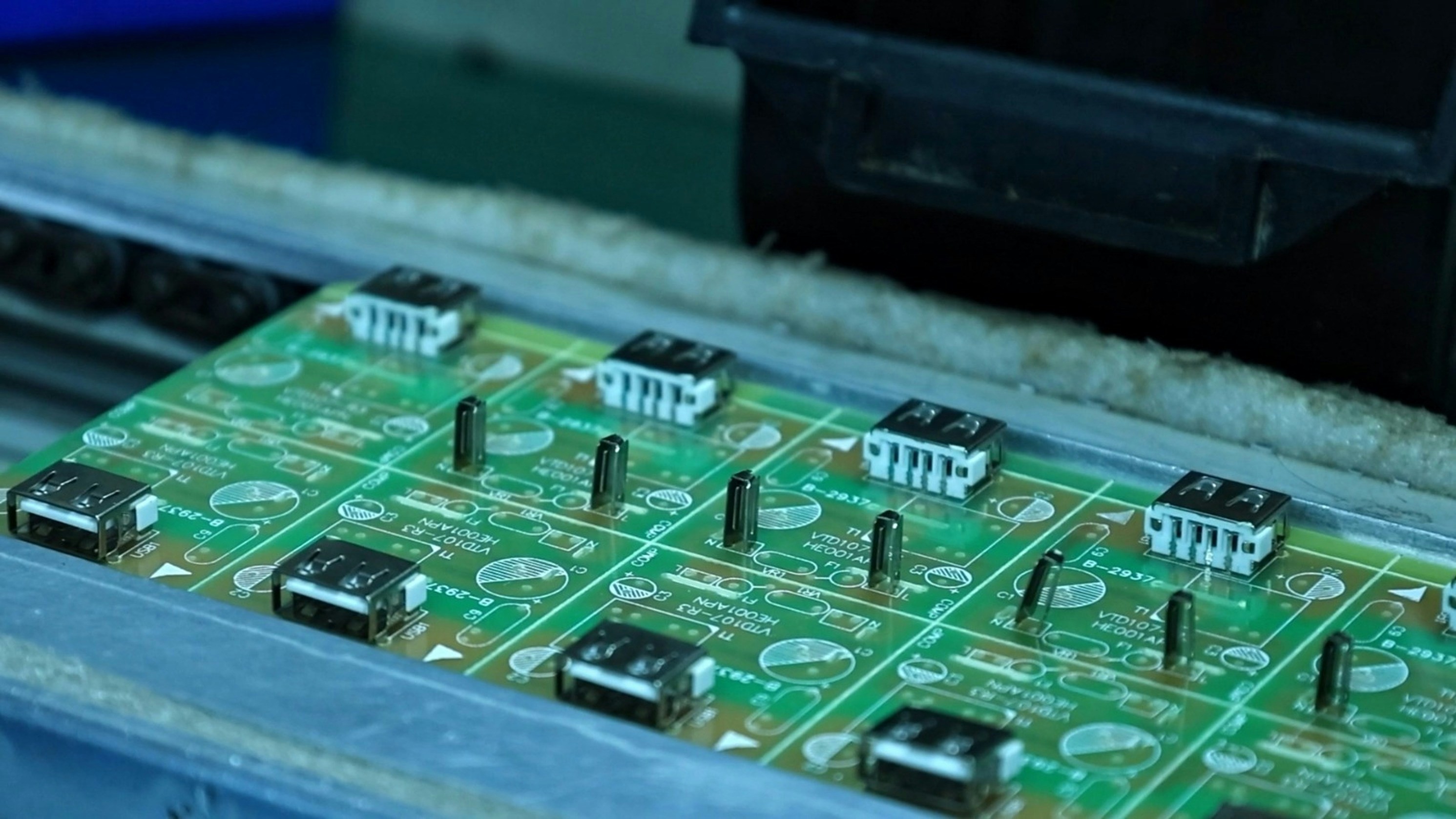
In the ever-evolving world of electronics, cost-effectiveness is a crucial factor that can make or break a business. SMT mounting technology has emerged as a game-changer in printed circuit assembly (PCA), offering significant reductions in overall manufacturing costs. By leveraging the advantages of SMT, companies can optimize their PCB assembly processes while maintaining high-quality standards.
Reduced Material Costs
One of the primary benefits of SMT technology is its ability to lower material costs significantly. With SMT mounting, components are smaller and lighter, which means less raw material is needed for each printed circuit board assembly (PCBA). This reduction not only cuts costs but also minimizes waste, making it an environmentally friendly choice for circuit board assembly.
Moreover, because SMT components can be placed closer together on a circuit board, manufacturers can often use fewer layers in their PCB designs. This streamlined approach further reduces material expenses while still achieving the desired functionality and performance. Ultimately, embracing SMT technology allows businesses to allocate resources more efficiently and focus on innovation rather than just manufacturing overhead.
Savings through Automation
Automation plays a pivotal role in enhancing the cost-effectiveness of PCB board assembly using SMT technology. Automated placement machines are designed to quickly and accurately position components on circuit boards, drastically reducing labor costs associated with manual assembly processes. This increased efficiency translates into faster production times and greater output without compromising quality.
Additionally, automated systems minimize human error during the PCB and assembly process, leading to fewer defects and rework requirements. By investing in automation for SMT mounting operations, companies can enjoy substantial long-term savings while simultaneously improving product reliability and performance metrics across their entire product line.
Competitive Advantages in PCB Board Assembly
The integration of SMT technology into printed circuit board assy provides businesses with distinct competitive advantages in today's fast-paced market environment. Companies that adopt this innovative approach can respond more swiftly to changing customer demands by optimizing their production capabilities and reducing lead times significantly. The result? A robust market presence bolstered by timely delivery and superior products.
Furthermore, adopting SMT mounting allows businesses to offer a wider range of products without escalating costs dramatically due to its inherent flexibility in design and production capabilities. As companies continue to innovate within this space, those utilizing advanced techniques like SMT will likely stand out among competitors who rely on traditional methods for their PCB assembly needs.
Flexibility in Design and Production
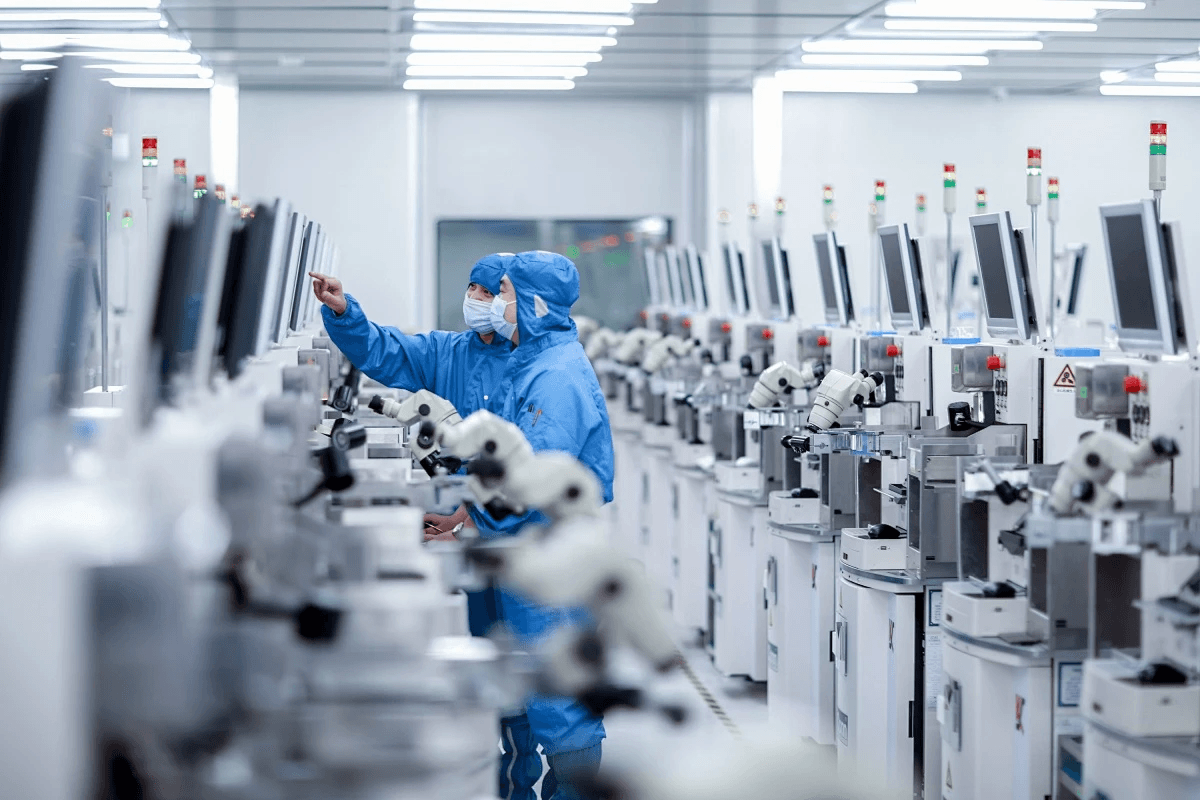
In the fast-paced world of electronics, flexibility in design and production is paramount. SMT mounting technology offers unparalleled customization options for printed circuit assembly (PCA), allowing manufacturers to cater to specific client needs and preferences. This adaptability not only enhances the design process but also ensures that every circuit board assembly meets exact specifications.
Customization in PCB Assembly
Customization is key when it comes to PCB assembly, and SMT mounting shines in this area. With various component sizes, shapes, and configurations available, manufacturers can create tailored solutions that fit unique project requirements. Whether it's a complex printed circuit board assy for advanced applications or a simple design for consumer electronics, the versatility of SMT allows for an array of possibilities.
Moreover, this level of customization enables engineers to optimize performance while minimizing material waste. By selecting components that precisely match the needs of a specific application, companies can enhance efficiency without compromising quality. Ultimately, customized PCB board assembly leads to innovative products that stand out in a crowded marketplace.
Adaptability for Various Electronics
The adaptability of SMT technology makes it suitable for a wide range of electronic devices—from smartphones to industrial machinery. As the demand for smaller and more efficient products grows, so does the need for flexible manufacturing processes capable of accommodating different designs and functionalities. This means that whether you’re working on consumer gadgets or high-tech medical devices, SMT mounting can seamlessly integrate into your production workflow.
Furthermore, its ability to handle diverse materials and components ensures compatibility across various electronic platforms. This flexibility allows manufacturers to pivot quickly in response to market trends or client demands without significant downtime or retooling costs. In essence, SMT technology fosters innovation by enabling rapid iterations and modifications throughout the development cycle.
Tailored Solutions from Bensun Technology
Bensun Technology stands out as a leader in providing tailored solutions within the realm of PCB assembly through advanced SMT techniques. With years of experience under their belt, they understand how crucial it is to offer customized services that meet individual client needs while maintaining high-quality standards throughout the entire process. Their expertise ensures that every aspect—from component selection to final assembly—is executed with precision.
Additionally, Bensun’s commitment to innovation means they are continually exploring new methods and technologies within smt mounting processes. This proactive approach not only enhances their service offerings but also empowers clients with cutting-edge solutions designed specifically for their unique challenges in printed circuit board assy projects. By choosing Bensun Technology as your partner in PCB board assembly, you're investing in flexibility that drives success.
Conclusion
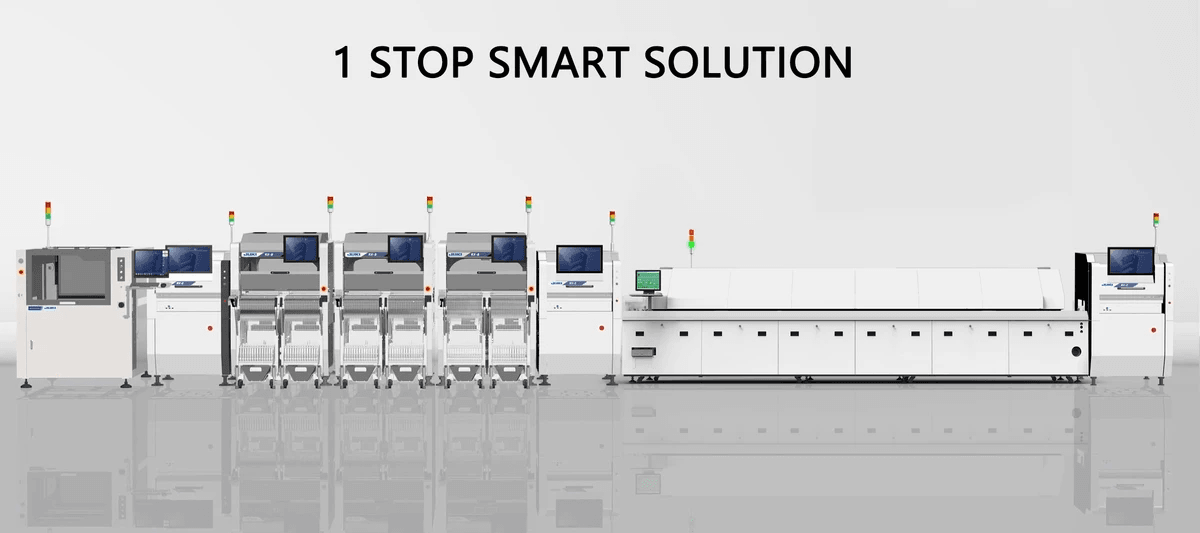
In wrapping up our exploration of SMT mounting and its myriad benefits, it’s clear that this technology is shaping the future of electronics in exciting ways. As the demand for smaller, faster, and more efficient devices continues to grow, printed circuit assembly (PCA) techniques like SMT are becoming increasingly essential. The evolution of circuit board assembly will not only enhance performance but also redefine what’s possible in modern electronics.
The Future of SMT and Electronics
The future of SMT in electronics looks promising as innovations continue to emerge, pushing the boundaries of what's achievable with printed circuit boards. With advancements in materials and techniques, we can expect even more compact designs that maximize space while maintaining high performance standards. Moreover, as industries adapt to rapid technological changes, the integration of smart features into PCB assembly processes will likely become a standard practice.
Key Takeaways for PCB Assembly
When considering PCB assembly methods, it’s essential to remember the advantages that SMT mounting brings to the table: enhanced efficiency, space optimization, improved reliability, and cost-effectiveness. These factors not only streamline production but also ensure that your products stand out in a competitive market. Ultimately, choosing SMT for your printed circuit board assy can lead to significant long-term benefits for both manufacturers and consumers alike.
Why Bensun Technology is Your Best Choice
Bensun Technology stands out as a leader in PCB board assembly thanks to its commitment to quality and innovation in smt mounting processes. With tailored solutions designed specifically for diverse electronic needs, Bensun ensures that every project receives the attention it deserves while leveraging cutting-edge technology for optimal results. When you choose Bensun Technology for your printed circuit assembly needs, you're not just selecting a service provider; you're partnering with an industry expert dedicated to driving your success.
